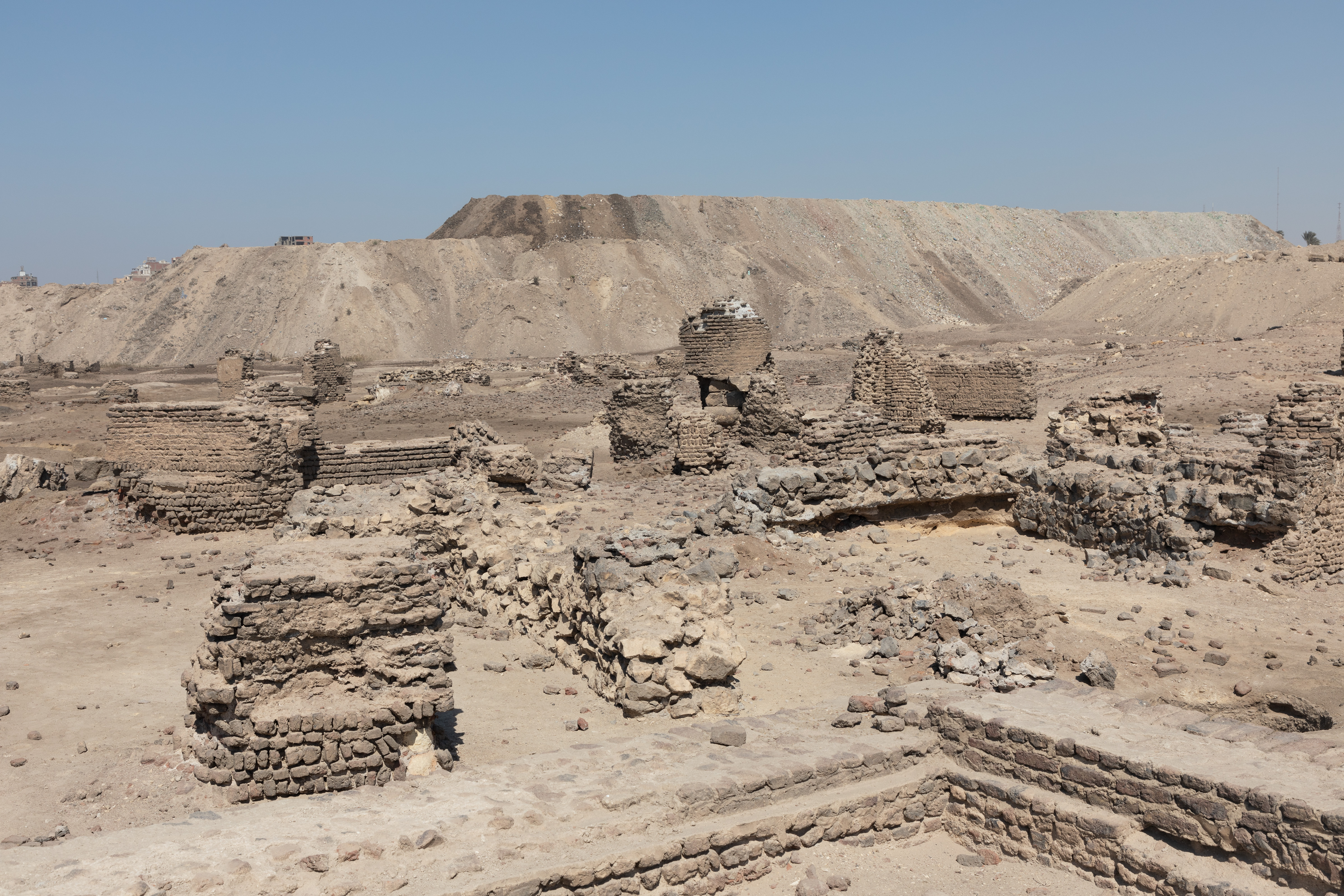|
Khalij (Cairo)
The Khalij ( or ''al-khalīg'' in Egyptian Arabic, Egyptian pronunciation), also known as the ''Khalij al-Misri'' or ''Khalij al-Masri'' (), was a canal in Cairo, Egypt. It began in the 7th century when the new Arab conquest of Egypt, Arab conquerors rebuilt an Canal of the Pharaohs, ancient canal that linked the Nile with the Red Sea in Ancient Egypt, Pharaonic and Ancient Rome, Roman times. The connection to the Red Sea was closed in the 8th century, but the canal remained an important feature of Cairo's geography and its water supply. It was traditionally closed for part of the year and then reopened during the Nile floods. The yearly opening of the canal was celebrated as a major festival. In the 14th century, the Mamluk Sultanate, Mamluk sultan al-Nasir Muhammad created a second canal further west, the ''Khalij al-Nasiri'', which was linked to the main canal. In the 1890s, as its function became less essential, the Khalij was filled in and converted into what is now Port Said ... [...More Info...] [...Related Items...] OR: [Wikipedia] [Google] [Baidu] |
Khalij Cairo Circa 1873 FB IMG 1612522858783
Khalij is an Arabic language, Arabic word meaning a "List of gulfs, gulf" and may refer to: *the Persian Gulf, located between Iran and the Arabian Peninsula *The Khalij (Cairo), Khalij (or ''Khalij al-Misri''), a former canal in Cairo, Egypt *the ''Khalij el-Arab'' or Arab's Gulf, a large bay to the west of Alexandria in Egypt *the ''Khalīj 'Adan'' or Gulf of Aden, a gulf between Yemen and Somalia *the ''Khalij Qabis'' or Gulf of Gabès, a gulf on the eastern coast of Tunisia * Khalij (album), ''Khalij'' (album), a 1990 album by Iranian singer Ebi See also * Haliç (other) {{Geodis ... [...More Info...] [...Related Items...] OR: [Wikipedia] [Google] [Baidu] |
Old Cairo
Old Cairo (, Egyptian pronunciation: Maṣr El-ʾAdīma) is a historic area in Cairo, Egypt, which includes the site of a Babylon Fortress, Roman-era fortress, the Christian settlement of Coptic Cairo, and the Muslim-era settlement of Fustat that pre-dates the founding of Cairo proper in 969 AD. It is part of what is referred to as Historic Cairo, a UNESCO World Heritage Site. ''Miṣr al-Qadīma'' is also a modern administrative district in the Southern Area of Cairo, encompassing the area from the Cairo Citadel Aqueduct, Cairo Aqueduct to the north, to the Ring Road (Cairo), Ring Road in the south, and from the City of the Dead (Cairo), Khalifa cemetery to the east, to the Nile Corniche in the west, as well as Roda Island, or Manial al-Roda. It had 250,313 residents according to the 2017 census. History Roman fort and Coptic Cairo The area around present-day Cairo had long been a focal point of Ancient Egypt due to its strategic location at the junction of the Nile Valley and ... [...More Info...] [...Related Items...] OR: [Wikipedia] [Google] [Baidu] |

